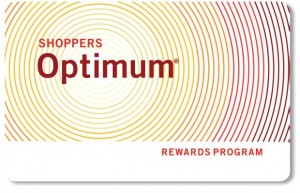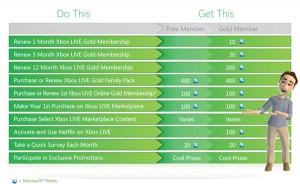Start-ups and small businesses are always looking for more customers, and more and more of them are choosing to reach their potential customers through the Internet. One of the most popular choices is obviously advertising on Facebook, the largest social media platform. However, is Facebook advertising a good value proposition for marketers? Facebook’s strategy is based on the premise that “social” is the future of the online advertising business. It’s the idea that recommendations from friends and companies alike are going to be more effective than traditional display advertising at driving consumer behavior.
Yes, Facebook Ads can work. But there are different types of ads, and certain types work better for some marketers than others do. Facebook ad click-through varies dramatically across sector:
Although advertisements in some of the sectors, such as Finance and News, have lower click-through rate, overall the ads are growing more effective over time. The first annual Social Media Intelligence report released Monday by Adobe found that Facebook’s ad clicks, ad impressions and advertisers’ return on investment were all higher in 2013 than in 2012. According to the study, which took into account more than 131 billion Facebook ad impressions and 4.3 billion social engagements, Facebook ads were clicked 29% more often in 2013, and the return to investors was 58% higher than last year.
Facebook marketing is the “must” of the social media marketing world. B2B and B2C alike can benefit from the increased branding, customer loyalty, organic SEO and general digital footprint. Ignoring Facebook means ignoring over 1 billion users that are potential customers and no business is too successful to ignore that many untapped prospects.


